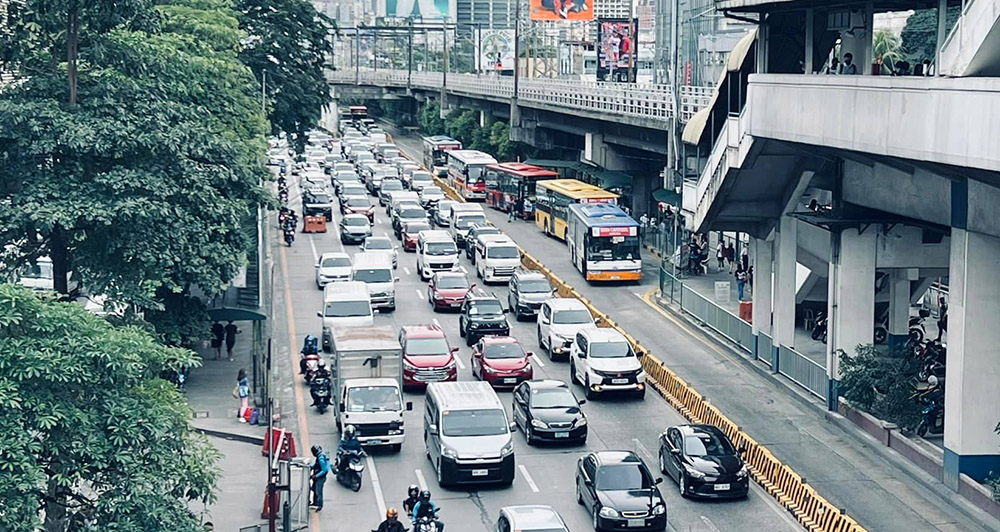
To promote hybrid and electric cars, the Department of Energy is thinking of allowing them to use bus and bike lanes, with these vehicles to be issued green license plates for identification.
While the intention is good, this would undermine the purpose of those exclusive lanes. Public transportation needs to be convenient and efficient, especially with the hardships that commuters experience daily.
If private cars are allowed to use the bus lane, EDSA Carousel buses will have to contend with more traffic hindering them from moving people. Meanwhile, drivers will get stuck waiting behind buses when the latter load and unload passengers, as there is only one dedicated bus lane.

The objective of a bike lane is to protect cyclists and other vulnerable road users. With hybrid and electric cars there, not only will they be endangered but drivers will either have to yield to them or exit the lane to pass them—assuming it isn’t already blocked by cars.
I’m not saying that hybrid and electric vehicles are bad, but if the government wants to promote them, it must do so without sacrificing mass transit and active transport since those are also modes of sustainable mobility.
Encouraging more people to use cars—even electric cars—will only result in more congestion. On the other hand, giving them viable alternatives will help clear up the streets since they’re no longer forced to drive their own vehicles. That’s why the slogan of transport planners should be: “Move people, not cars.”

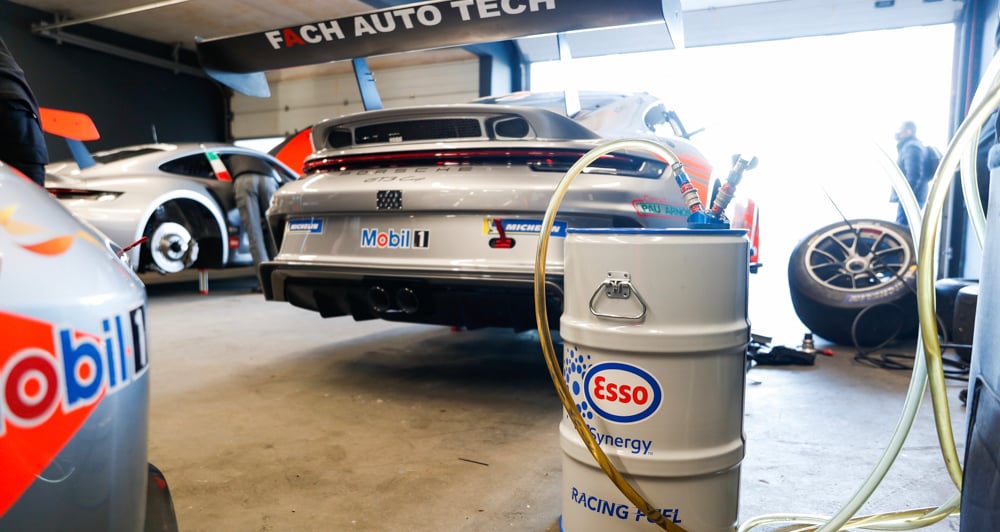
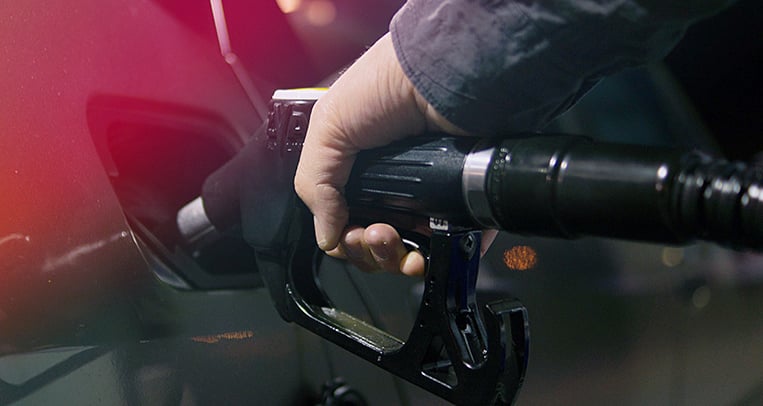
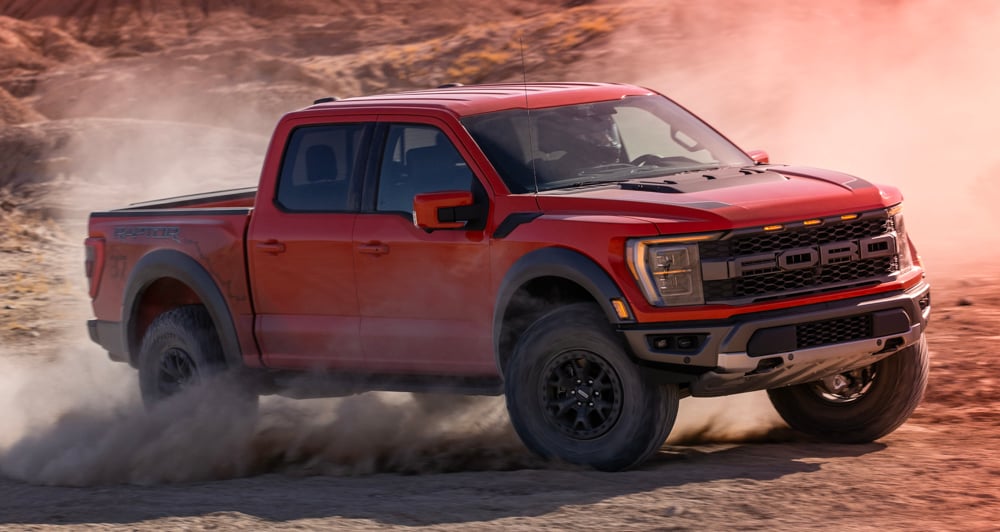
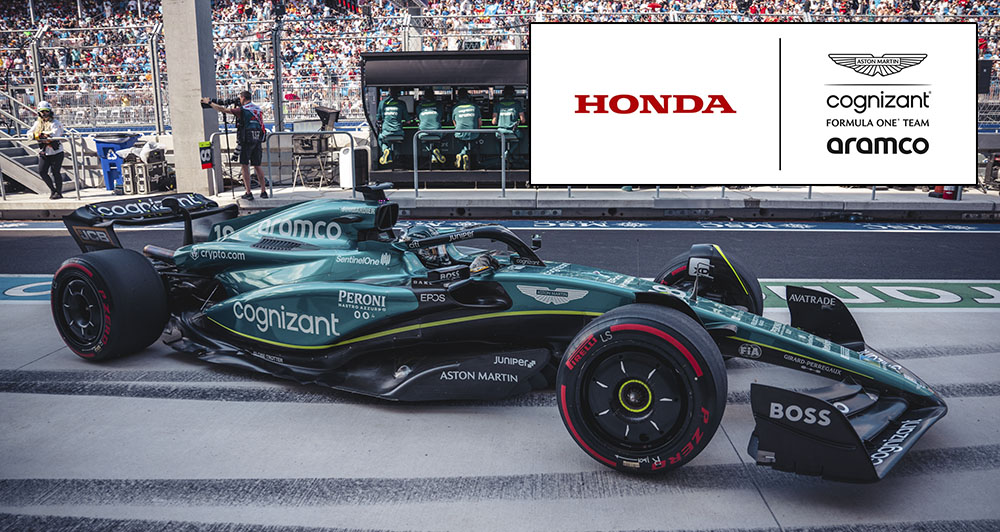
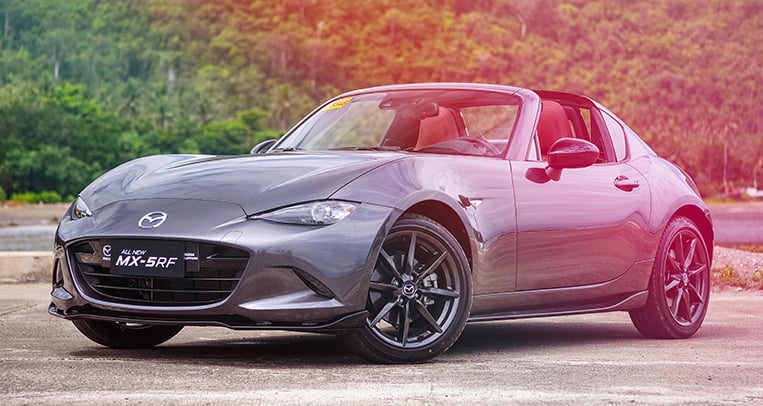
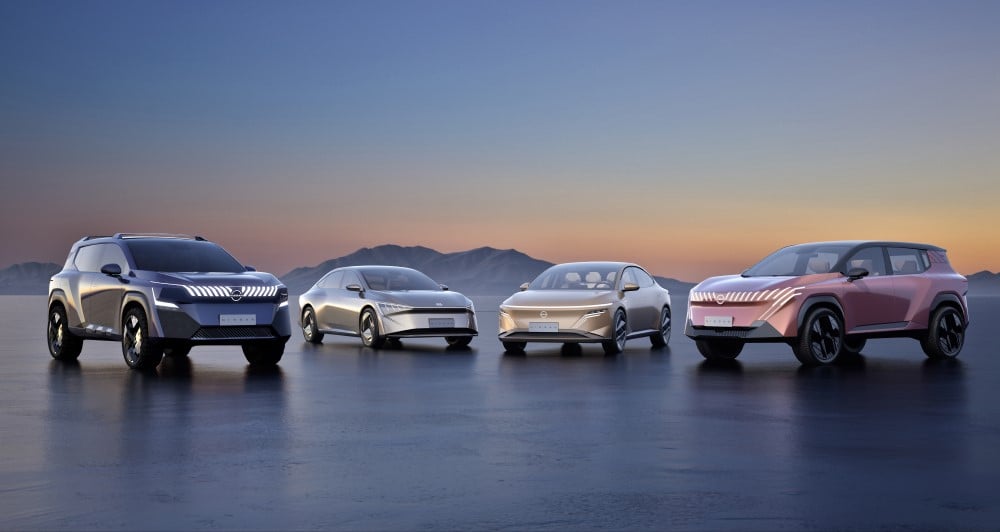
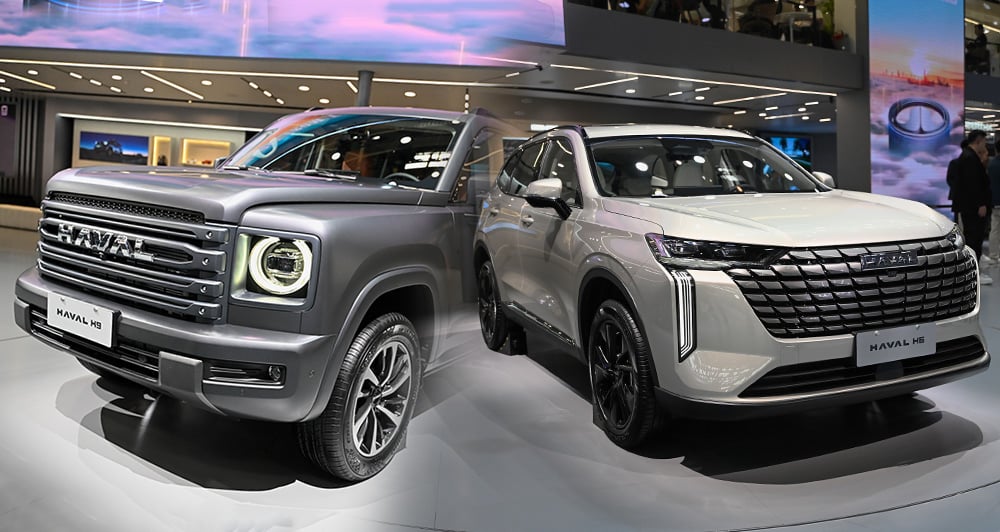
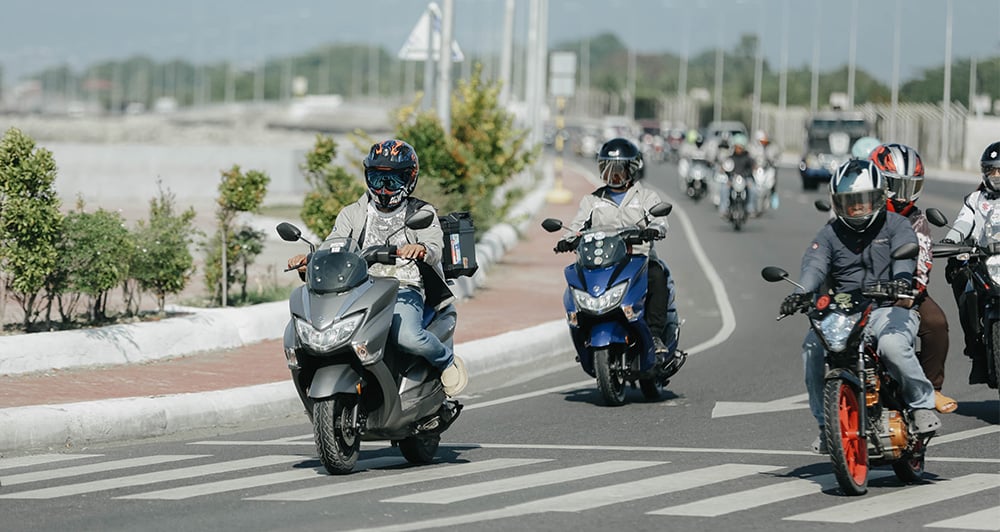

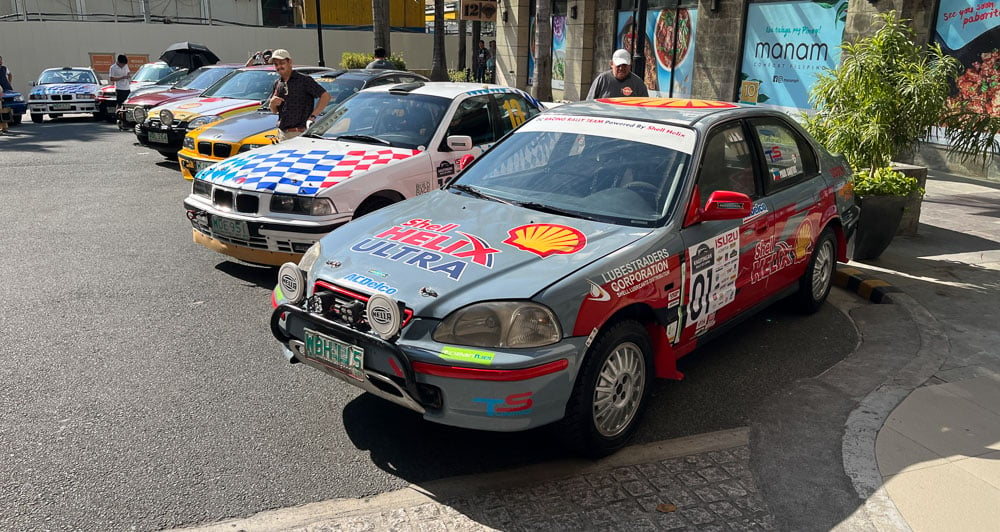
Comments